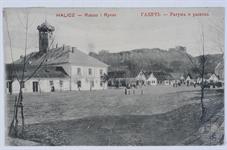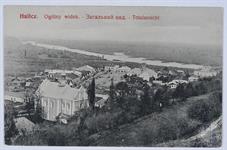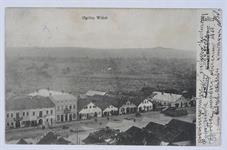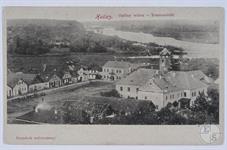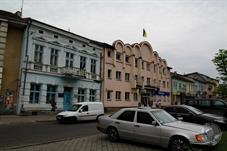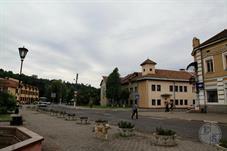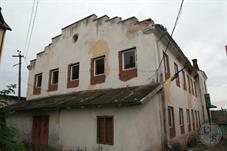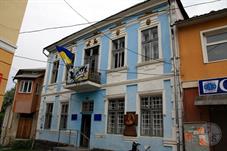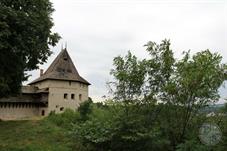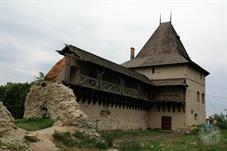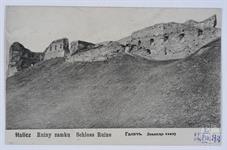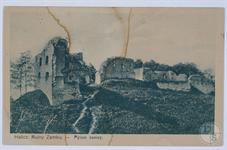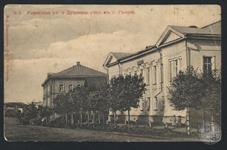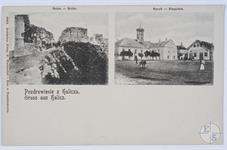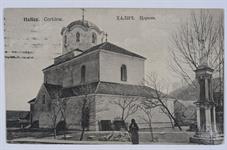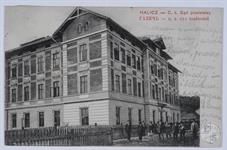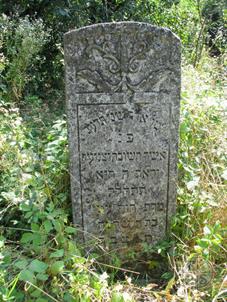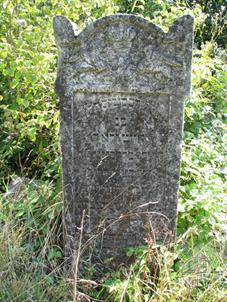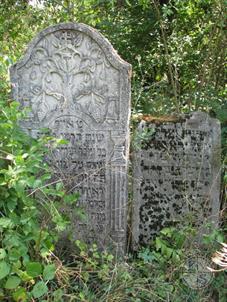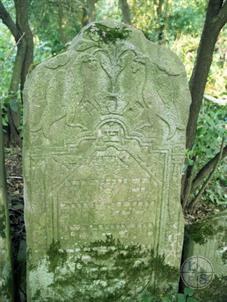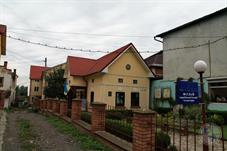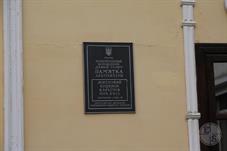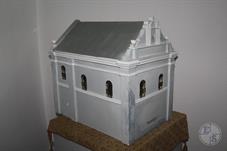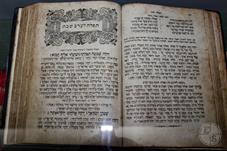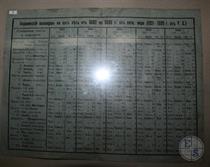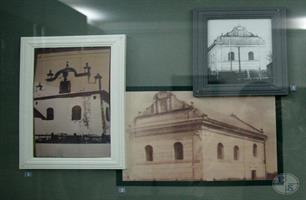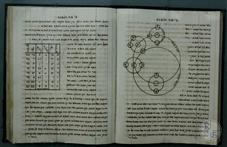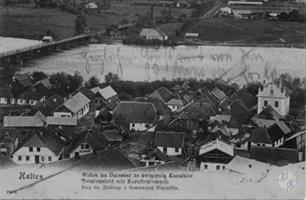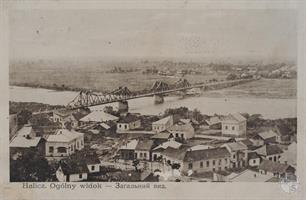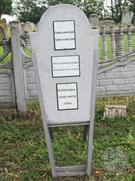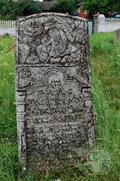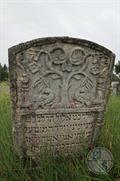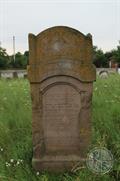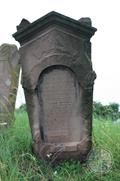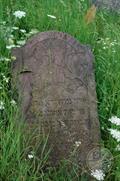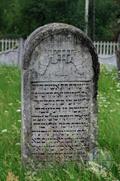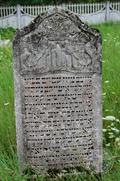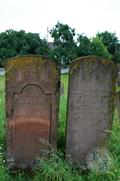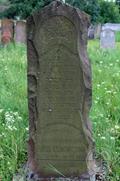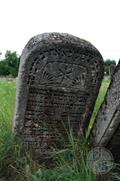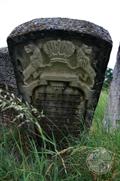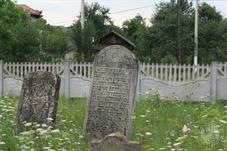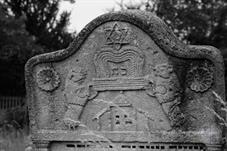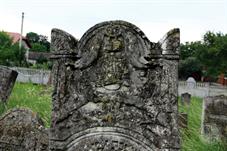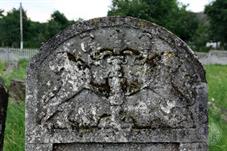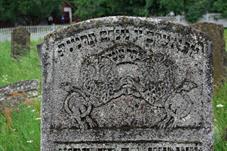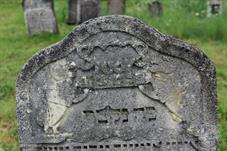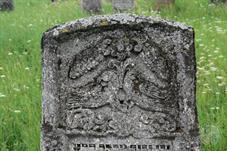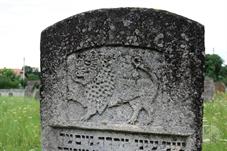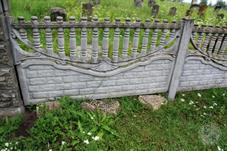Halych
Sources:
- Russian Jewish encyclopedia
- Jewish encyclopedia of Brockhaus & Efron
Photo:
- Eugene Shnaider
- Vladimir Levin, Boris Khaimovich. Center for Jewish art
- Russian Jewish encyclopedia
- Jewish encyclopedia of Brockhaus & Efron
Photo:
- Eugene Shnaider
- Vladimir Levin, Boris Khaimovich. Center for Jewish art
Ivano-Frankivsk district, Ivano-Frankivsk region
The first written mention of Halych is in the Ipatiev Chronicle and dates back to 1140. In the XII-XIV centuries, Halych was the capital of the Galician, and then the Galician-Volyn principalities (although the center of the princely Halych was located near the present village of Krylos, and on the site of the today's city there were trade and craft rows). In 1240, Halich was captured and burned by Mongol troops. Having been revived in its old place after the departure of the Mongols, Halych never again acquired the importance in all-Russian life that it had before.
In 1367 the city received Magdeburg rights. Listed in the chronicle “List of Russian cities near and far” (late 14th century).
In 1772 it became part of Austria.
In 1919 - as part of the Polish Republic.
Since October 1939, Halych became the territory of the Ukrainian SSR.
In 1367 the city received Magdeburg rights. Listed in the chronicle “List of Russian cities near and far” (late 14th century).
In 1772 it became part of Austria.
In 1919 - as part of the Polish Republic.
Since October 1939, Halych became the territory of the Ukrainian SSR.
Jews have lived in Galich since the beginning of the 15th century. Polish King Alexander temporarily exempted Jews from taxes in 1506. Sigismund II Augustus eased Jewish duties after a fire in 1551.
A document dated 1572 refers to 31 Jewish houses.
With the permission of King Stefan Batory, Karaites settled in Halych in 1578. A Karaite community emerged.
A document dated 1572 refers to 31 Jewish houses.
With the permission of King Stefan Batory, Karaites settled in Halych in 1578. A Karaite community emerged.
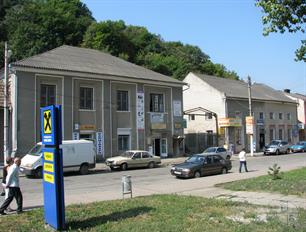 |
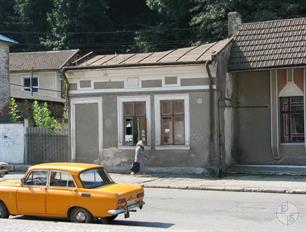 |
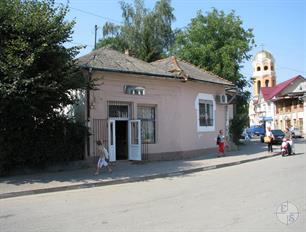 |
| Two synagogues on Konovalets Street, 2009 | This was once a Jewish street | |
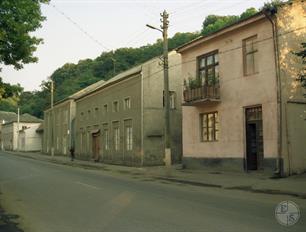 |
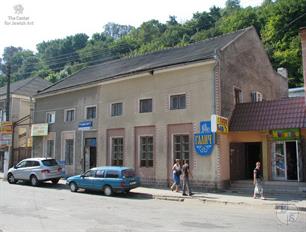 |
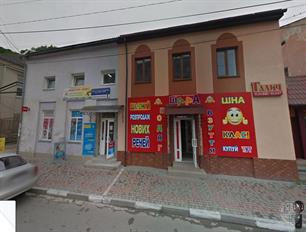 |
| Jewish home and synagogues behind it, 2009 | Synagogue, 2009 | Same building, 2010 |
In 1765, 258 Jews and 99 Karaites lived in Halych, in 1870 - 839 Jews (27.9%), in 1900 - 1454 Jews (30%) and 114 Karaites (2.4%). In the 19th century in Galich there was a synagogue and a Karaite kenassa.
In the first half of the 19th century. The rabbi of Halych was I.M. Froles.
At the end of the 19th century two Zionist organizations were created.
In 1907, a school teaching in Hebrew was opened.
In 1921, 582 Jews lived in the city (16.9% of the total population),
in 1931 - 878 Jews,
in 1939 - about one thousand Jews and approximately one hundred Karaites.
In the first half of the 19th century. The rabbi of Halych was I.M. Froles.
At the end of the 19th century two Zionist organizations were created.
In 1907, a school teaching in Hebrew was opened.
In 1921, 582 Jews lived in the city (16.9% of the total population),
in 1931 - 878 Jews,
in 1939 - about one thousand Jews and approximately one hundred Karaites.
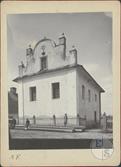 |
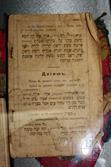 |
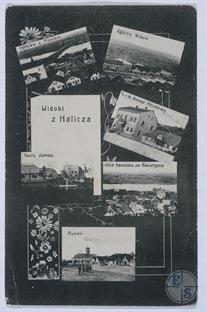 |
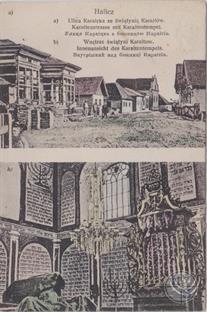 |
| This is what the Karaite kenassa looked like | Grammar textbook | On one of the postcards - Karaite street and kenassa | Karaite street, kenassa and its interior |
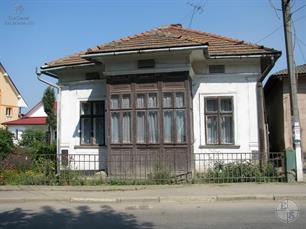 |
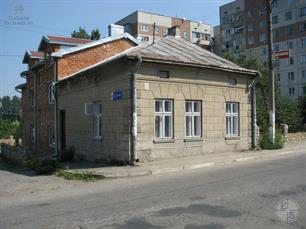 |
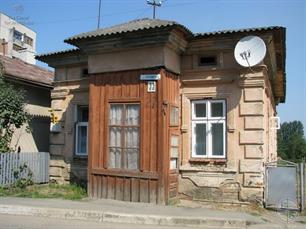 |
| Houses on Karaimskaya (Karaite) Street, 2009. As of 2020, almost all of them have already been rebuilt |
On July 2, 1941, Halych was occupied by the German army. Only a small part of the city's Jewish population managed to evacuate.
On April 14, 1942, about a hundred Jews were killed in Halych, and over five hundred were sent to Stanislav (now Ivano-Frankivsk ) to a labor camp.
On April 15, 1942, another 170 Jews were sent to Stanislav. Many died from hunger and disease due to unbearable conditions.
In the summer of 1943, prisoners of the labor camp were shot. The Karaites living in Halych were not harmed during the German occupation of the city.
In the 1970s–80s several Jewish and Karaite families lived in Halych. Today there are neither Jews nor Karaites in Halych.
On April 14, 1942, about a hundred Jews were killed in Halych, and over five hundred were sent to Stanislav (now Ivano-Frankivsk ) to a labor camp.
On April 15, 1942, another 170 Jews were sent to Stanislav. Many died from hunger and disease due to unbearable conditions.
In the summer of 1943, prisoners of the labor camp were shot. The Karaites living in Halych were not harmed during the German occupation of the city.
In the 1970s–80s several Jewish and Karaite families lived in Halych. Today there are neither Jews nor Karaites in Halych.

- Home
- Shtetls
- Vinnytsia region
- Volyn region
- Dnipro region
- Donetsk region
- Zhytomyr region
- Zakarpattia region
- Zaporizhzhia region
- Ivano-Frankivsk region
- Kyiv region
- Kropyvnytskyi region
- Luhansk region
- Lviv region
- Mykolayiv region
- Odessa region
- Poltava region
- Rivne region
- Sumy region
- Ternopil region
- Kharkiv region
- Kherson region
- Khmelnytskyi region
- Chernihiv region
- Chernivtsi region
- Cherkasy region
- Crimea
- Synagogues
- Cemeteries
- Objects & guides
- Old photos
- History
- Contact
Jewish towns of Ukraine
Jewish towns of Ukraine
My shtetl
My shtetl
Donate
